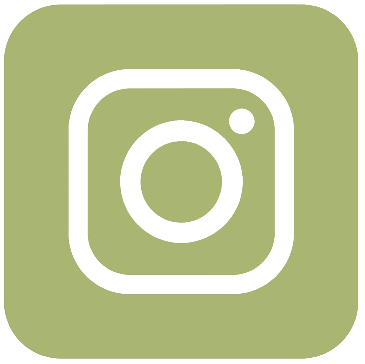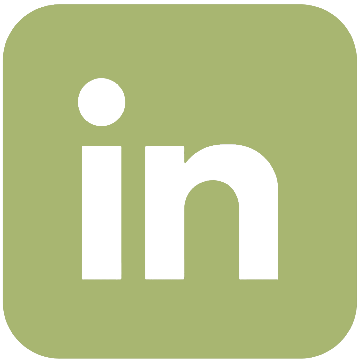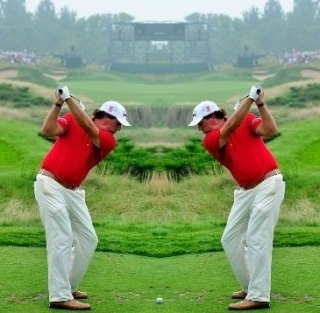Tips on spin and backspin
Every golfer wants a lot of spin or even backspin. It is spectacular when the balls stay exactly where ist lands or even roll back as if played by a tour player. In fact, even average golfers regularly spin the ball. "Spin" is the reverse rotation of the ball during the flight phase. If the ball is played with a lot of spin on the green, this leads to optimal length control. The spin of the ball depends on the following factors:
Setup" is the starting position before the stroke. This should be almost identical to the starting position when striking with the iron.
Take a slightly narrower stand and place your legs a little less than shoulder width apart so that you are stable and the club can better get to the ball.
Place the ball about a ball width further towards the flag and not centered.
Weight distribution of your legs should be about 60% on the front (towards the flag) and 40% on the back leg.
For a high spin when hitting the green, your wedges are best because you need as much loft as possible.
Not so technically explained, the loft indicates how much the clubface of a club is angled upwards. The degree of loft angle is usually mentioned on the bottom of the club head. The more loft, the more spin can be generated, but the golf club should also be controllable and convertible into a reasonable swing.
The newer a wedge, the more grip the grooves have. The grooves on the club face play a key role in giving the ball spin. In addition to the grooves, SmithWorks wedges also have a Full-X face which additionally increases the spin.
The grooves, with or without a Full-X face, can only work properly if they are clean. So make sure that there is no dirt from grass, sand and other particles on the club face and clean it with a soft brush if necessary.
The shot from the fairway is ideal, but in practice the ball does not always lie there. The underground plays an important role when hitting because taller grass in the rough or semi-rough as well as the sand in the bunker can affect the club head speed and the contact between the ball and the face.
During the tournament season in summer, the greens are usually short mowed and dry. This is ideal to optimally implement spin on the ball and even to generate backspin from the spin. The wetter or higher the grass on the green, the more likely a higher spin will cause a deep pitch mark than a backspin.
For a really high spin you also need a lot of speed. So the higher the club head speed when gliding through the ball and the grass, the more spin is generated on the ball.
The club should hit the ground after contact with the ball because only then can you hit the ball in the downward movement. In order to achieve this, you have to get your center of gravity and your hands in front of the ball, the complete extension of the arm and wrist only takes place after the ball has been hit.
Ideally, the club should glide smoothly through the grass and create a narrower and thinner divot than a normal iron shot, for example. If you hit out of the bunker, use your sand wedge because ideally these have a higher bounce to be able to slide better through the sand.
Hard golf balls are inexpensive and are particularly suitable for range and golf beginners to increase the distance a little or to reduce the "slice". However, these types of balls are not designed for high spin, so you need softer golf balls.
Suitable golf balls are often marked with the addition "soft". You can also recognize a suitable golf ball by the grip of the outer shell when you hold it in your hand. Due to the special design (mostly with 2-3 cores or layers) the golf ball can generate a lot of spin around the green.











